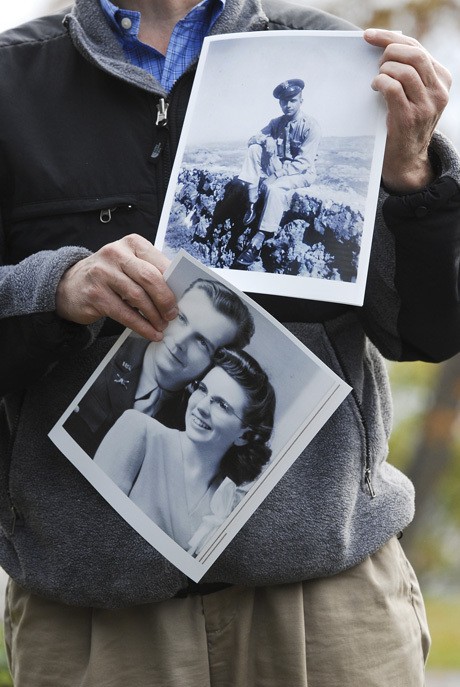As the nation girded for war in December 1941, Mercer Island residents readied to do their part.
Due to the proximity of Boeing, a prime military target, Islanders hung blackout curtains, organized a Civil Defense unit and braced for the worst.
According to the book “Mercer Island History,” military officials set up guns and troops at strategic points to keep watch near large cities and defense contractors. The U.S. Army set up an anti-aircraft unit in the fall of 1942 at what was known as “Wasson’s Farm.” The land, at the very southern end of 79th Avenue S.E., is at a high point at the southwest end of the Island overlooking Lake Washington.
Search lights were also placed at the North end of the Island with some 50 men to watch Lake Washington.
According to the Mercer Island Historical Society, the unit, Battery C, 260th Coast Artillery, included 200 men (who were activated from an Army Reserve unit from the Washington, D.C., area ), four huge 90 mm M1 guns, four machine guns, a radar and barracks for the soldiers.
“Mercer Island History” states that the installation was supposed to be a “… military secret, but the camps were in plain view and any Islanders knew where they were.”
The Mercer Island Historical Society has placed a plaque to commemorate the site of the military installation set up on the Island during World War II. The plaque was dedicated in a ceremony on Oct. 15 and included the son of one of the base commanders. The plaque is set in view of the front door of the Blackard family at the southern end of 79th Avenue S.E.
The commanding officer for most of the war was Capt. Merlin D. Halle, whose son, Hank Halle, of Bellevue, helped the Island Historical Society research the background of the installation. Hank Halle remembers his father telling him that the radar unit wasn’t much good.
“Dad said that they had an early version of radar that had all kinds of tubes,” he explained. “It had so many tubes that when the radar had operated about eight minutes, a tube would often burn out and they’d have to lower the container with tubes from the tower, open the box and replace the tube. He said that they really didn’t rely on it much.”
When the camp was dismantled, most of the men were placed into the infantry on the European front and were part of the Battle of the Bulge, according to Halle, who said that 60 percent of the soldiers from the unit were killed there.
Another army officer in charge of the unit was an Islander, Clarence Bell, who lived just down the hill from the camp.


